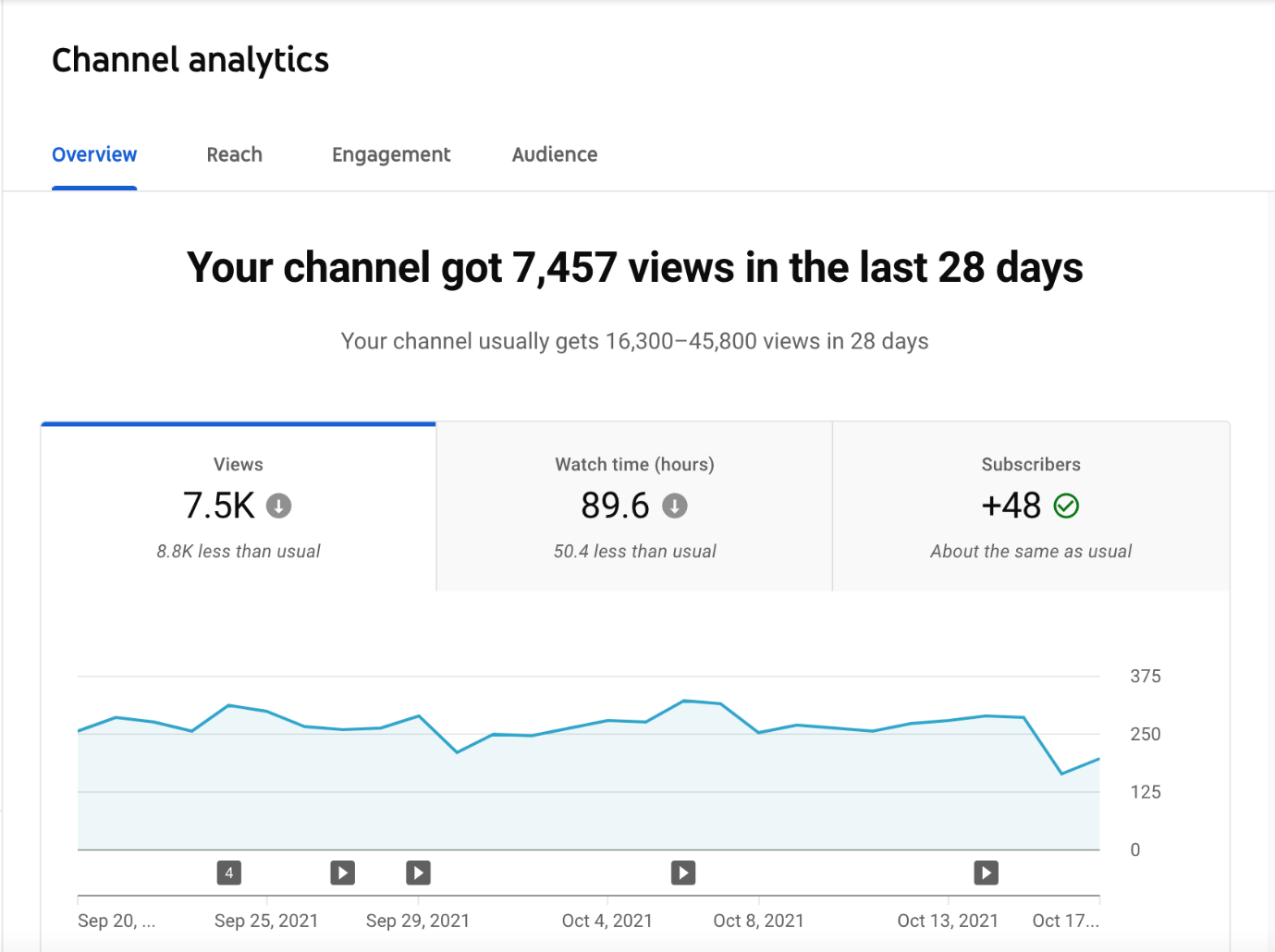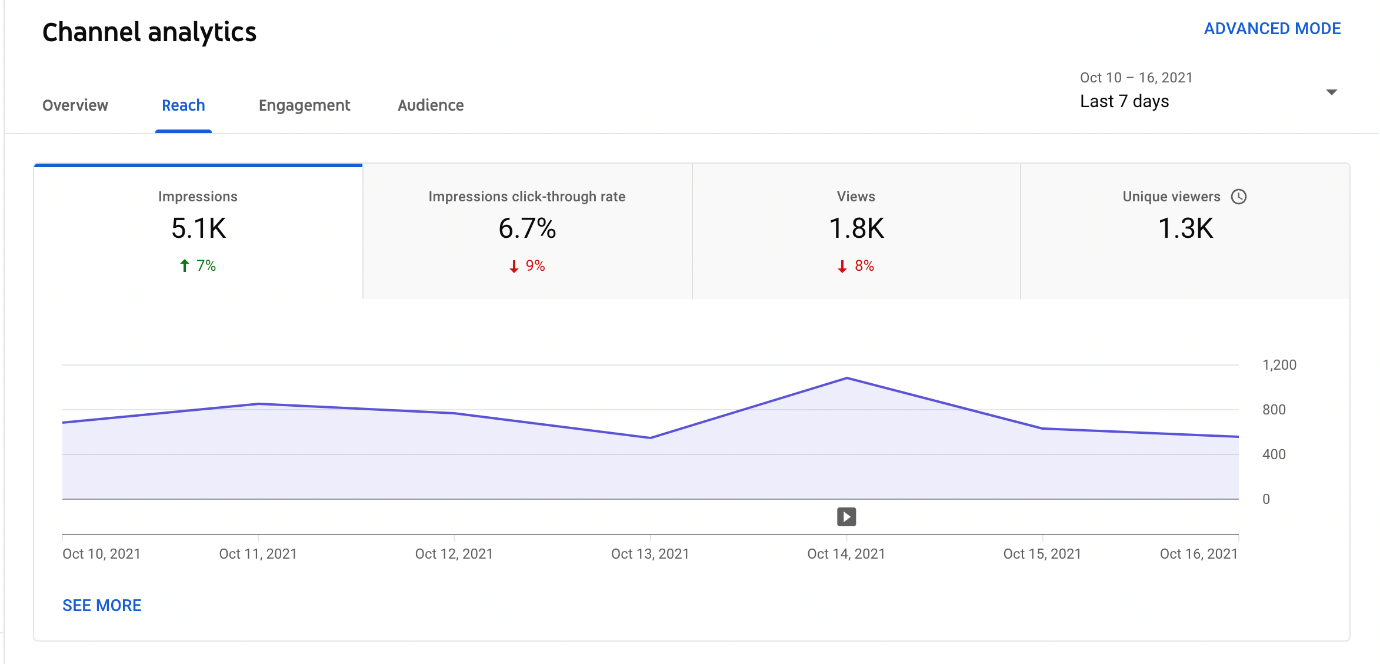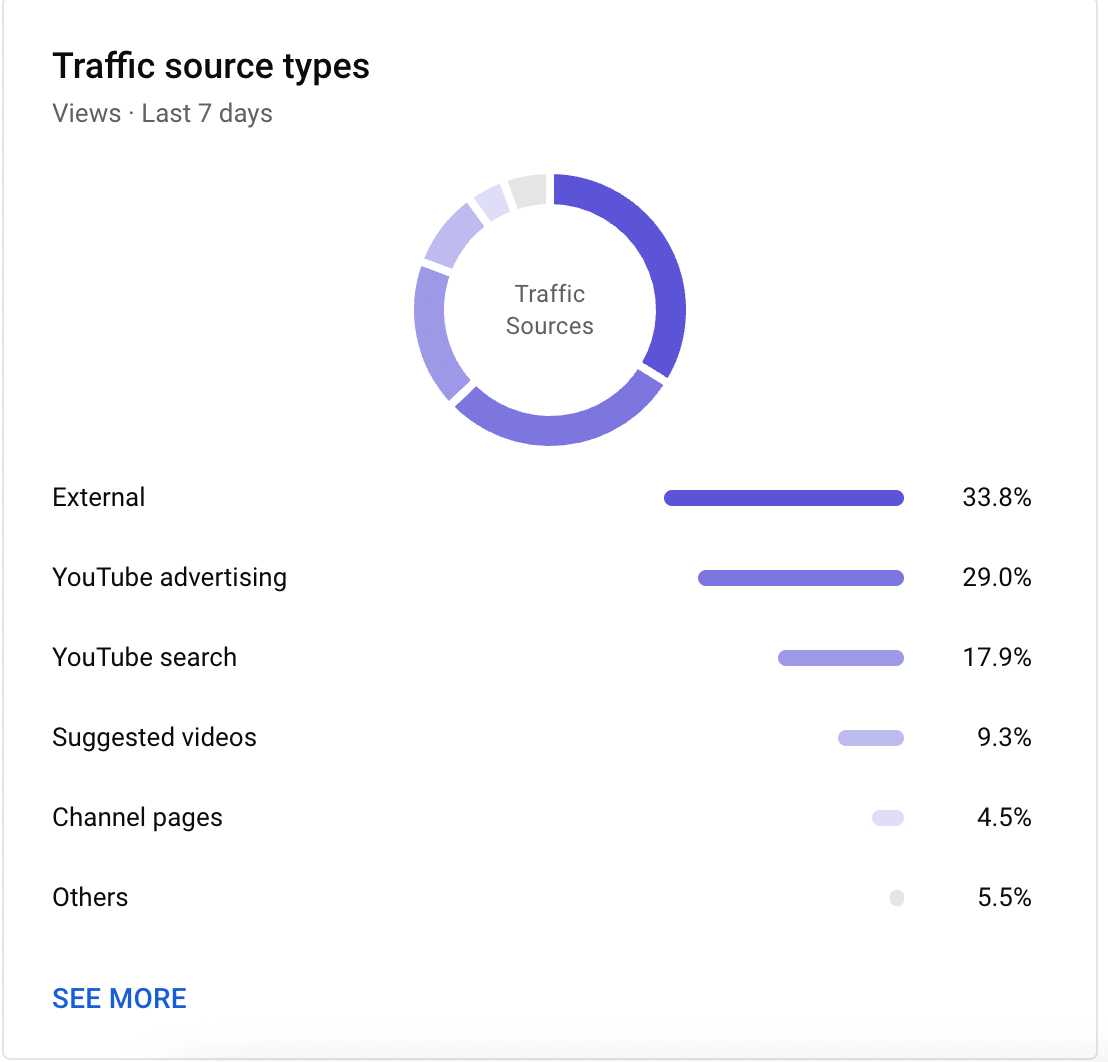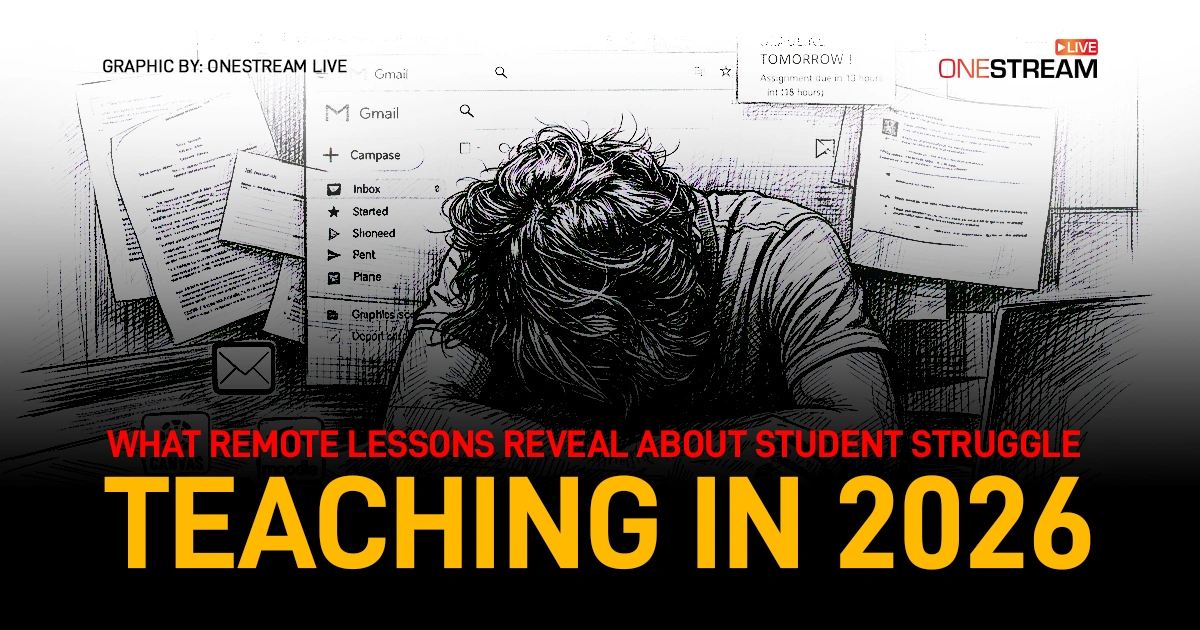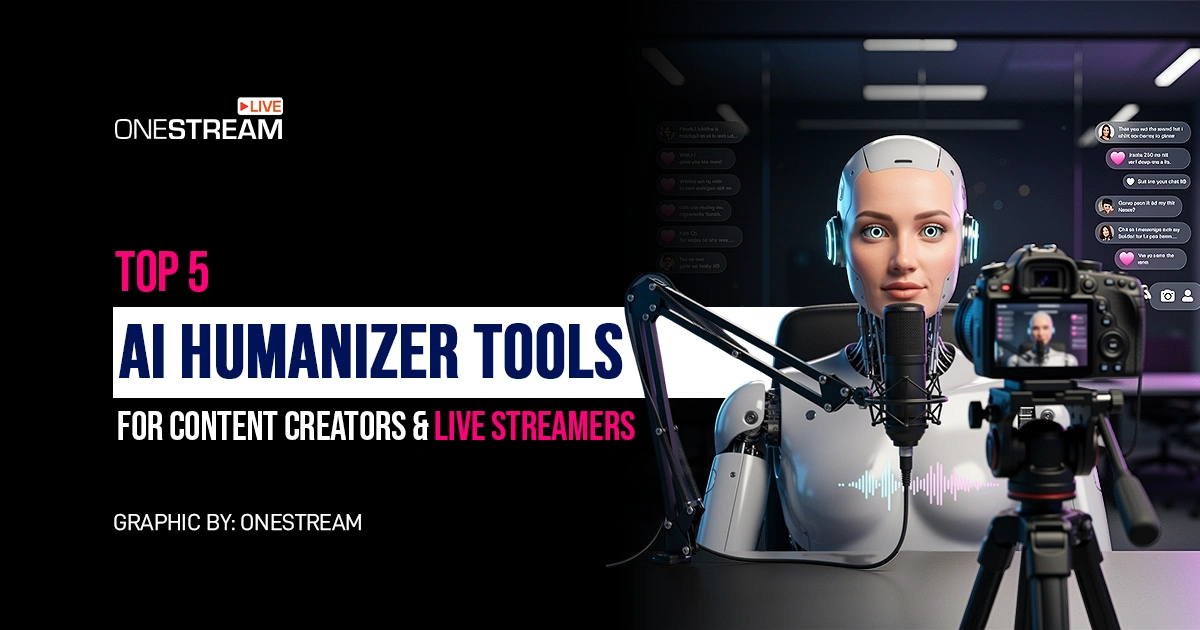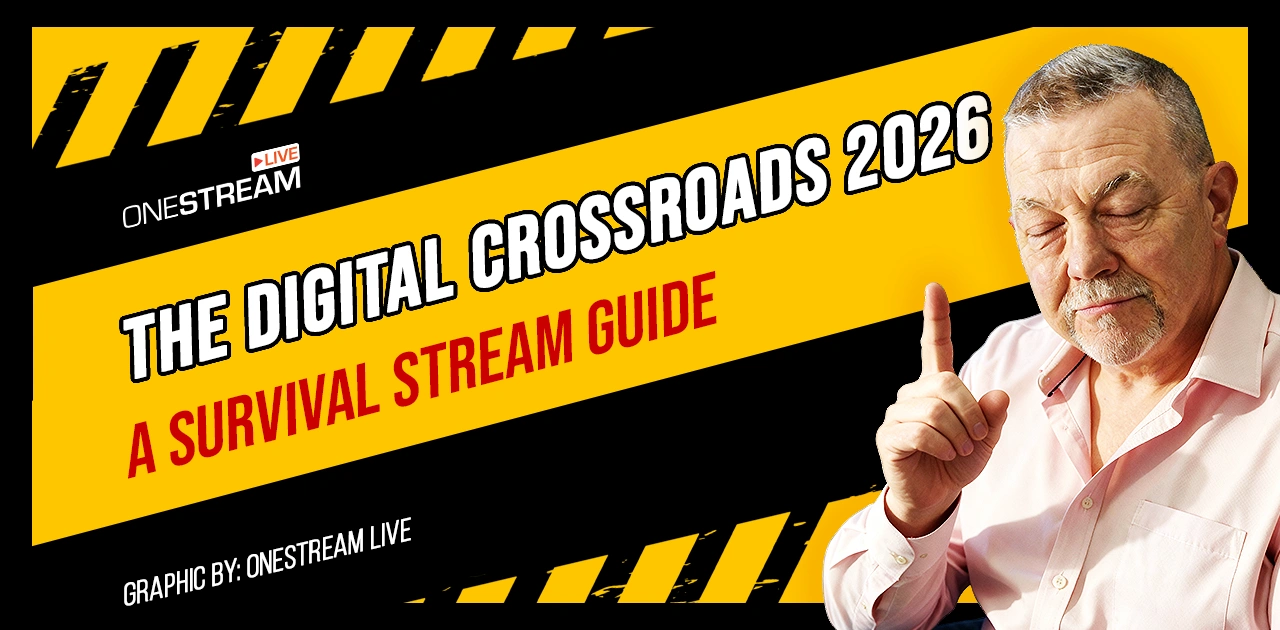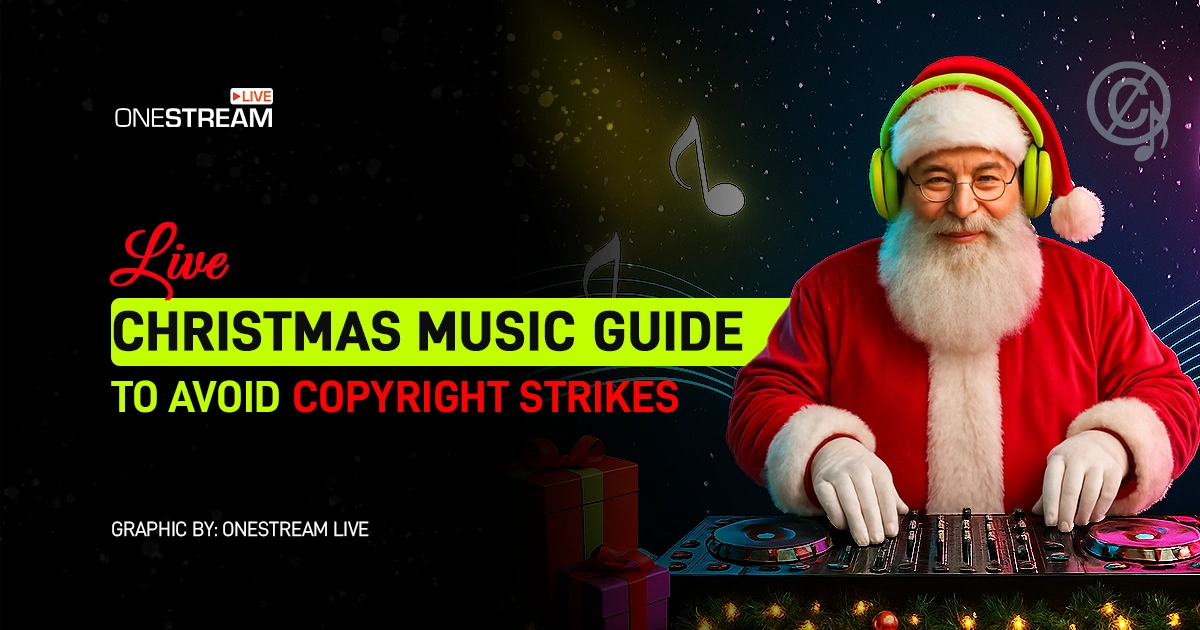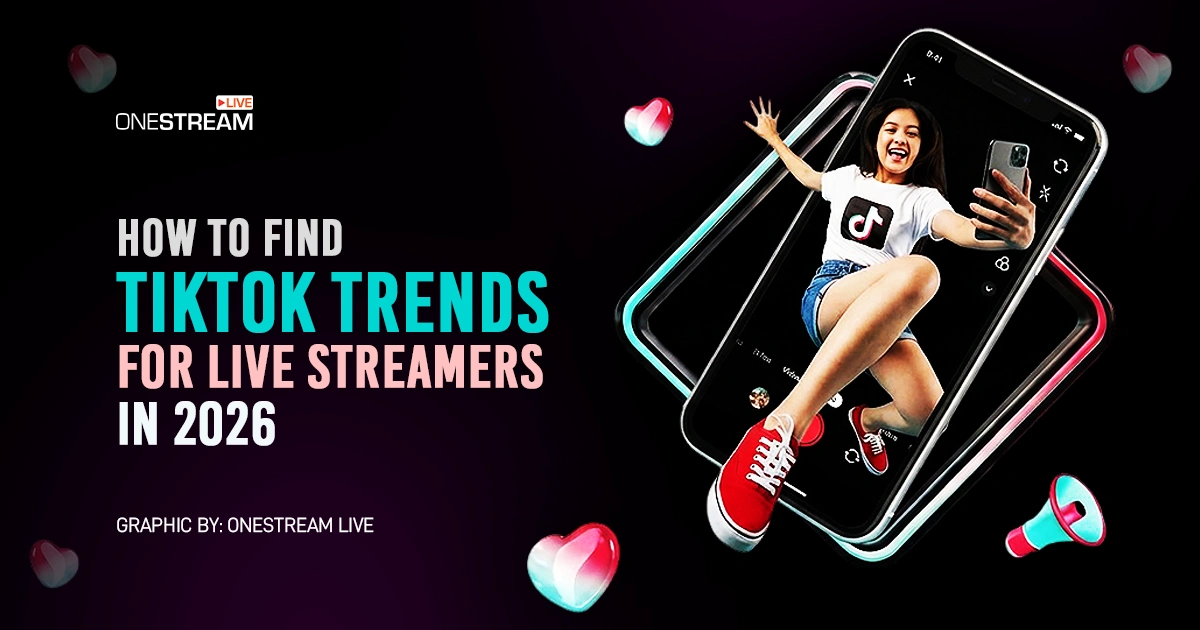The live streaming industry is destined to boom well into 2025, making engagement analytics a pivotal element for driving success. With all sorts of organizations from all spheres of life appreciating great results from live video streaming, it is expected to outgrow expectations in the near future.
The catch, however, remains in utilizing the tool most efficiently. Is your video live streaming strategy effective? Is it targeting and reaching out to the right audience? Is it yielding the desired results? All these questions must be adequately analyzed to measure social media engagement on your live streams.
Why Track Social Media Engagement Analytics for Your Live Streams?
With global businesses prioritizing live streaming in 2025, it has become all the more imperative to track relevant social media analytics for your live streams. Whichever niche you belong to and whatever your target audience is, if you’re not working on banking engagement on your live streams, you’re most likely wasting your efforts.
Here’s why you should bother to track social media engagement analysis for your live streaming analytics:
One of the primary objectives of why you’re streaming content is to add value to your target audience. Now, you don’t want to stay static with that proposition, do you?
The ultimate aim is to grow and expand your audience base to get more people to tune in to your live streams. Social media engagement and interaction pay off here; get to know them so you can deliver content they like and want.
Similarly, you must have set out your goals when you were planning your content marketing strategy. And when it comes to building your brand, meeting the identified KPIs remains of utmost significance.
Tracking helps you keep a check on these social media engagement metrics, whether or not you’ve hit your KPIs and accomplished your overall marketing goals. That said, your streaming goals are equally important. You must necessarily track your streaming analytics to see how well you’re doing and identify the areas for improvement.
How to Use Social Media Engagement Analytics to Measure Streaming Success?
Begin with setting out your live streaming goal:
- Create awareness?
- Drive engagement?
- Generate leads?
- Sell products/services?
Once you have your goals set, you must revisit them regularly and gauge them against actual performance to generate the most optimal results from your live streaming strategy. This is where analytics come in – they help you measure your actual results against desired outcomes to drive better decision-making.
Now, what’s imperative to note here is that while it is essential to measure the impact and success of your live video streaming, not all live streaming service providers might offer detailed analytics tools. Nonetheless, whichever streaming platform you use, make sure it supports real-time streaming analytics to facilitate real-time decision-making.
As these platforms evolve, staying updated on their changing metrics or dashboards is key to measuring social media engagement accurately.
Important Real-Time Video Engagement Analytics to Track
If you’re live streaming in real-time, you’ll want to track your stream’s performance in real-time as well. Using tools such as OneStream Live will allow you to broadcast your live videos to multiple social platforms simultaneously, making video streaming analytics tracking a little more challenging.
Measuring the success of your streams in such a situation becomes all the more critical. And once the live stream is over, or for pre-recorded videos, you can fetch detailed social media statistics from each video platform to better understand performance across multiple channels.
For example, platforms like YouTube, Facebook, and Twitch, along with newer entries like TikTok, provide unique live video analytics features. Facebook video analytics, for example, will tell you the average watch time per stream, providing social media insights about your viewers’ preferences. Similarly, YouTube live stream analytics will tell you the number of new subscribers, reach, engagement, and traffic sources, amongst many other important metrics.
Here are a few snapshots from the YouTube Analytics Dashboard:
Real-time analytics data can prove particularly handy when streaming live videos. Instead of waiting for data to be generated once your stream is over, you should be able to monitor it in real-time to make instant decisions. This will inherently make the entire live streaming process a lot more efficient, especially if you’re experimenting with short-form live broadcasts.
Below are some essential social media engagement metrics that you should know:
- Visitor Hits: Tracks the number of visitors to your streams, helping identify the most and least popular content.
- Current Viewers: Indicates real-time viewer counts, providing insights into the peak interest in your stream.
- Watch Time: Measures the total engagement time with your streams, a direct indicator of content’s relevance and appeal.
- Average Duration: Reflects how long viewers stay engaged, helping pinpoint content strengths and weaknesses.
- Audience Retention: Shows the percentage of viewers who stay till the end, crucial for understanding engagement depth.
- Traffic Source: Reveals how viewers discover your streams, whether through search engines or social media posts.
- Geographic Hot Spots: Indicates viewer demographics, aiding in targeted marketing efforts.
- Engagement: Details interactions like likes, comments, and shares, providing a measure of content’s impact.
- Video Click-Through Rate: Tracks the effectiveness of CTAs within your streams.
Expand your Streaming Analytics with External Tools
If you’re a professional streamer interested in more detailed analytics, we advise you to use external tools like Google Analytics to track social media performance and your streaming success. Google Analytics will provide intuitive data, such as the number of active viewers for a stream at any given time.
Also, it will indicate what type of devices the viewers are using to view your stream. If you are embedding your streams on multiple websites, Google Analytics will also help you see which website directed a particular user to your stream – a crucial step in measuring social media engagement. Now, that’s interesting!
Google Analytics-generated data tells you a lot about your streaming performance and helps you optimize your future streams. For instance, data regarding the device type will particularly aid you in setting the bitrates for your future broadcasts.
Similarly, the site of origin will help you assess your marketing efforts to analyze what’s working for you and what’s not. And finally, the live viewer count will help you evaluate the popularity of your streams and compare the drop-off rates as your content changes.
You might also want to use other external tools such as Hootsuite, HubSpot, or Vidyard to seek detailed, marketing-related social media analytics and insights about your live streams on various platforms. These tools serve as a social media engagement tracker, offering social media engagement metrics that provide valuable insights into how viewers interact with your content. Nevertheless, if you don’t want to use any external tools, note that each social media platform has its own internal set of analytics tracking.
Conclusion
Keeping a close watch on your live streams’ engagement analytics helps you assess your overall marketing strategy’s success and fine-tune your live video streams to generate the best possible ROI. As 2025 continues to unfold, we expect to see platforms enhancing their social media analytics capabilities and adapting to new privacy regulations. However, the fundamental importance of tracking social media engagement and social media insights remains unchanged.
Therefore, detailed social media engagement analysis is crucial to ensure your content resonates with your audience and meets your strategic goals. After all, you don’t want to let your valuable content go to waste if it fails to meet your KPIs, do you?
OneStream Live is a cloud-based live streaming solution to create, schedule, and multistream professional-looking live streams across 45+ social media platforms and the web simultaneously. For content-related queries and feedback, write to us at [email protected]. You’re also welcome to Write for Us!



